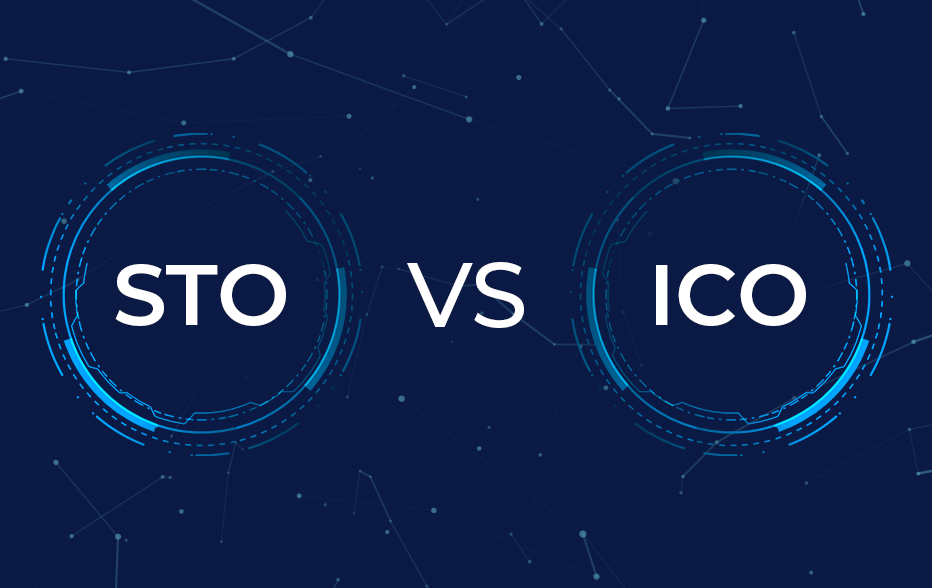The Quest for the Best Stablecoin in 2023: An Investor’s Guide

As the digital asset market developed, investors sought a haven of stability in a sea of volatility. Unlike cryptocurrencies, whose prices can swing quite heavily, stablecoins provide investors with stable value by pegging to a fiat currency, commodity, or another cryptocurrency. Amongst the best stablecoins in 2023 are those pegged to the US dollar and fully backed by real dollars. On the other hand, some stablecoins, especially of the algorithmic variety, have turned out to be anything but stable. Stablecoins are the bedrock of the digital asset market, as they often serve as liquidity to purchase crypto and security tokens. Therefore, understanding the features, risks, and rewards of the best stablecoins in 2023 is a crucial step in constructing a digital asset portfolio.
What is a stablecoin?
A stablecoin is a digital asset that is designed to maintain a stable value by pegging its value to the value of another asset, typically a traditional currency like the US dollar. This is achieved by using a reserve of assets that back the stablecoin, ensuring that its value remains stable. The reserve assets are held in a bank account, a vault, or a smart contract. Along with offering a stable value, stablecoins allow investors to conduct fast and low-cost transactions from anywhere in the world. Additionally, stablecoins don’t experience the same wild price swings that other cryptocurrencies do.
Crypto vs Fiat: Which is Better Collateral?
When it comes to backing stablecoins, there are two main types of collateral: traditional currency and other cryptocurrencies. Fiat-backed stablecoins hold reserves of fiat currencies, typically US dollars.
Using fiat currency as collateral has the benefits of
- Stability: Stablecoin issuers a more stable asset with which to back their stablecoins.
- Confidence: Investors and institutions have full confidence in the asset, like the US dollar, backing the stablecoin.
Meanwhile, fiat-backed stablecoins are only as strong as the underlying asset to which they are pegged. That explains why the demand for dollar-pegged stablecoin like USDC is so healthy around the world.
Crypto-backed stablecoins, meanwhile, hold other crypto assets like stablecoins, Bitcoin, and Ether in reserves. Using cryptocurrency as collateral has the benefits of
- Trustlessness: Cryptocurrencies aren’t controlled by any single authority. Such decentralization can be seen as a benefit for those who value privacy and autonomy.
- Liquidity Providers: Crypto-backed stablecoins provide a viable option for investors looking to earn returns on their cryptocurrency holdings while also providing liquidity to the stablecoin ecosystem. By providing cryptocurrency as collateral, individuals can earn interest on their assets while also helping to maintain the stability of the stablecoin.
One key characteristic of stablecoins backed by crypto is that they are overcollateralized. For example, MakerDAOs current collateralization ratio is 264%, which means that $2.64 dollars worth of crypto are locked up for every $1 worth of stablecoin minted.
MakerDAO’s DAI stablecoin is collateralized with various assets, mostly ETH, real-world assets and other stablecoins. Ever since the Maker’s decentralized autonomous organization (DAO) voted to invest $500 million in treasury bonds, the share of real-world assets collateralizing DAI has only grown.
USDC: A Case Study on the Fast-Growing Stablecoin in 2023
While crypto-backed stablecoins continue to innovate, they are yet to reach the adoption and usage rate of the largest fiat-backed stablecoins. One of these is USD Coin (USDC), a popular fiat-backed stablecoin that was launched in 2018 by Circle. One of the advantages of USDC is that it is backed by a reserve of US dollars held by regulated financial institutions, providing stability and transparency to investors. As of March 2023, there are over 41 billion USDC in circulation. Investors are buying and selling billions of dollars a day of USDC
Circle ensures the stability and transparency of USDC, by conducting monthly attestations to prove that its reserves exceed the amount of USDC in circulation which meet the standards of the American Institute of Certified Public Accountants (AICPA). Additionally, Circle is both an SEC-regulated and licensed money transmitter under US state law and is regulated similarly to other financial services such as PayPal, Stripe, and Apple Pay.
USDC underwent a serious stress test in March 2023 when it was revealed that $3.3 billion worth of reserves were stuck in the failed Silicon Valley Bank, causing the token to lose its peg momentarily. However, the swift response from the Circle team coupled with the eventual release of the funds meant that it wasn’t long before 1 USDC was equal to one dollar again. Indeed, Circle showed the kind of resilience many we didn’t see from shaky banks.
The Death of the Algorithmic Stablecoin
Once a hot topic, algorithmic stablecoins have fallen out of favor in recent years. This is largely due to several high-profile failures of algorithmic stablecoins like Basis and Ampleforth.
One of the main criticisms of algorithmic stablecoins is that they can be incredibly complex and difficult to understand, making them extremely risky. Investors Additionally, some algorithmic stablecoins have been criticized for being too risky, as their value can be influenced by a number of different factors beyond just the asset backing the stablecoin.
The market was dealt a firm lesson in the risks of algorithmic stablecoins by the collapse of Terra’s UST stablecoin. Unlike most stablecoins, UST did not require a large amount of collateral to maintain its peg at $1, due to its design as an “algorithmic stablecoin” that used complex financial engineering. UST holders were not only convinced of its relative safety as a stablecoin, but they also took advantage of the 20% return available by depositing their UST into the Anchor platform. However, when market conditions became unfavorable, the poorly-designed stablecoin and the unsustainably high yields proved to be a recipe for disaster, leading to the unraveling of Terra’s crypto ecosystem, with its market value plummeting from $60 billion to almost nothing.
CBDC: Government-Issued Stablecoin
Central banks around the world are watching the stablecoin market carefully as they plot the road to their own digital currencies. CBDCs are government-issued stablecoins that are being hailed as the future of money. There are many potential benefits to CBDCs:
- Reducing the cost of cross-border transactions.
- Providing financial services to people who are currently unbanked.
- Enjoying full government backing, which could make them more stable than other types of stablecoins.
However, CBDCs also present several trade-offs, such as the unprecedented level of control over financial transactions it offers governments, allowing them to monitor and regulate all financial activity. While there are potential benefits to CBDCs, such as reducing the cost of cross-border transactions, the trade-off for this increased control is a potential loss of privacy and freedom.
An Overview of the Best Stablecoins in 2023
So, which stablecoins are the best to invest in as we head into 2023? Here are a few stablecoins that are currently popular with investors and have a strong track record:
First, Tether (USDT) is currently the most popular stablecoin in terms of market capitalization. While it has faced some controversy in the past, Tether has a strong track record of maintaining a stable value.
Second, USD Coin (USDC) is gaining popularity as a stablecoin that is backed by two of the biggest players in the cryptocurrency industry (Circle and Coinbase). With over $27 billion worth of USDC in circulation, it has a large user base and key partnerships.
Finally, Dai (DAI) is a crypto-backed stablecoin that has become increasingly popular due to its emphasis on decentralization and security. While it may be riskier than traditional fiat-backed stablecoins, it presents an interesting alternative for investors who are looking for exposure to cryptocurrencies.
Trade with USDC on INX
Stablecoins are an important part of the cryptocurrency ecosystem, providing a stable asset in a sea of volatile digital assets. Through stablecoins like USDC, digital asset investors can trade cryptocurrencies and invest in companies raising capital. USDC serves a key role in the lifecycle of security token offerings (STOs) on INX and the INX One exchange.
To buy USDC and start trading, sign up here.
David Azaraf April 4, 2023
Crypto enthusiast, help businesses plug into the token economy





